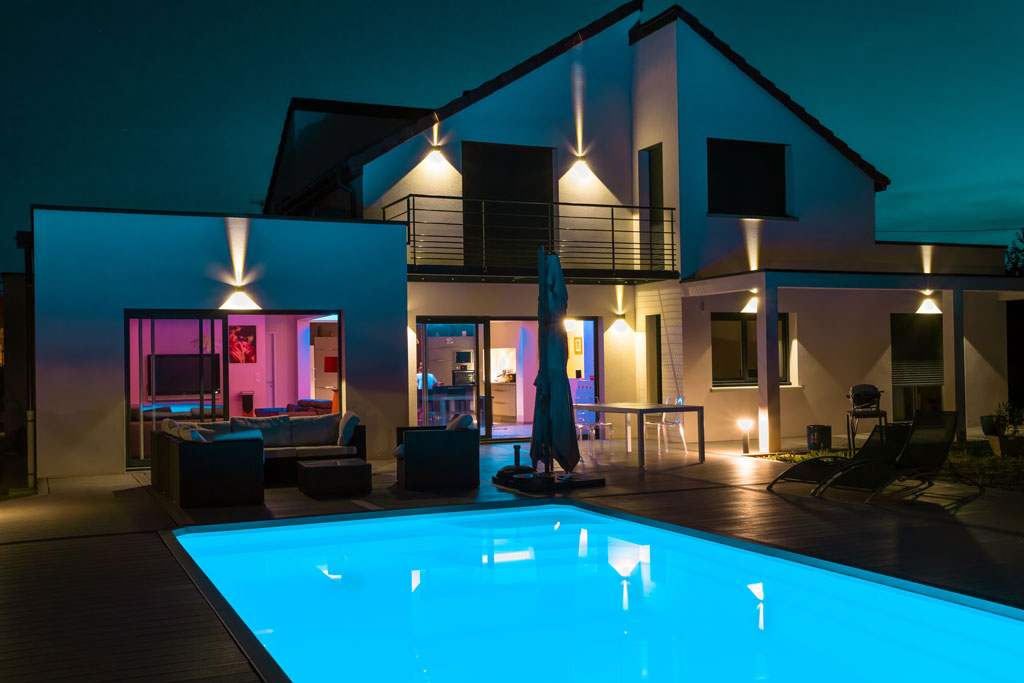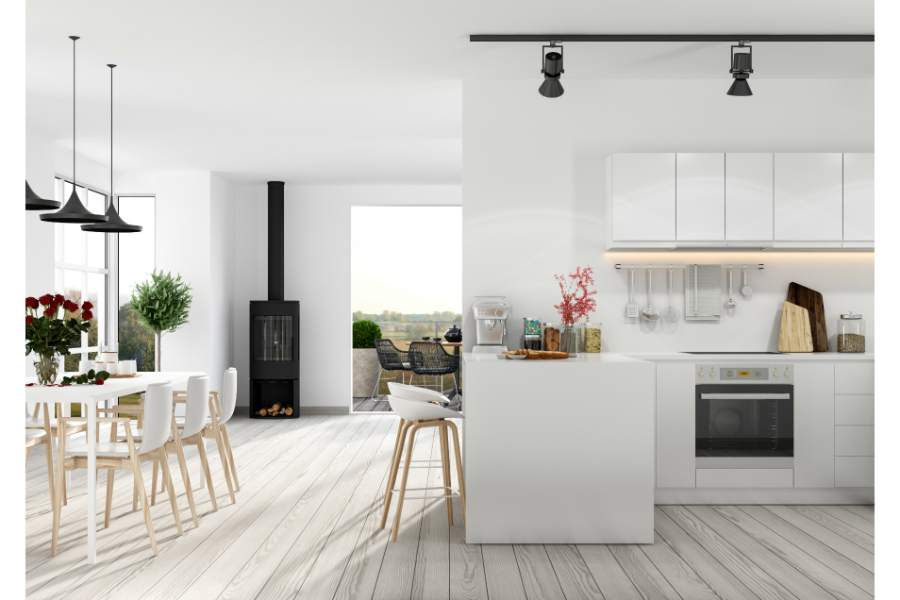The lighting industry is developing rapidly nowadays and the main credit goes to the LED lighting & LED Lamp. It is a revolutionary invention that took the 21st Century to the heights of glory. LED uses the minimum power that it requires and saves energy. It is highly durable and lasts longer compared with the other kinds of bulbs that exist in the market.
Facts about LED
LED or Light Emitting Diode is nothing but a solid-state of lighting. It uses a semiconductor for the conversion of electricity into light. It is nearly six to seven times more efficient than the traditional blazing lights. LED also saves 80% of the energy.
A good LED bulb can last around 25000 hours which means it has 25 times longer life the conventional lights. If you sum up the whole equation then you will see that it is more than three years, if it is on 24 hours and seven days. Simply the figures will amuse you as it has done to millions of people. You won’t see a single traditional bulb in the houses. From the bedroom to the bathroom, everything has got LED lighting. The LED lamp (โคม ไฟ led, which is the term in Thai) is also good for the eyes when it comes to reading.
The traditional bulbs used to release the 90% energy as heat. But the LED uses energy more efficiently and releases very little heat. LED is used everywhere, from traffic lights to the TV screen. It is unique because of its compact size, easiness in maintenance, braking proof, etc.
Recent reports show that LED is also less harmful to nature than the others. You won’t find any Mercury in it. The CFL or Compact Fluorescent Light and the Mr16 tube (หลอด mr16, term in Thai) white are also the part of LED is likely to grow vast in the coming years.
Nick Holonyk Jr. First invented the revolutionary visible LED in 1962. Since then it has only got better with time and advancements were made rapidly because of the changing of the technology world.
According to the reports in the year 2012 over 49 million people switched to LED lighting only in the USA. It saved a huge annual energy cost. Experts predict that if we can shift to LED entirely the coming decade then it will avoid 1800 million metric tons of carbon burning.







